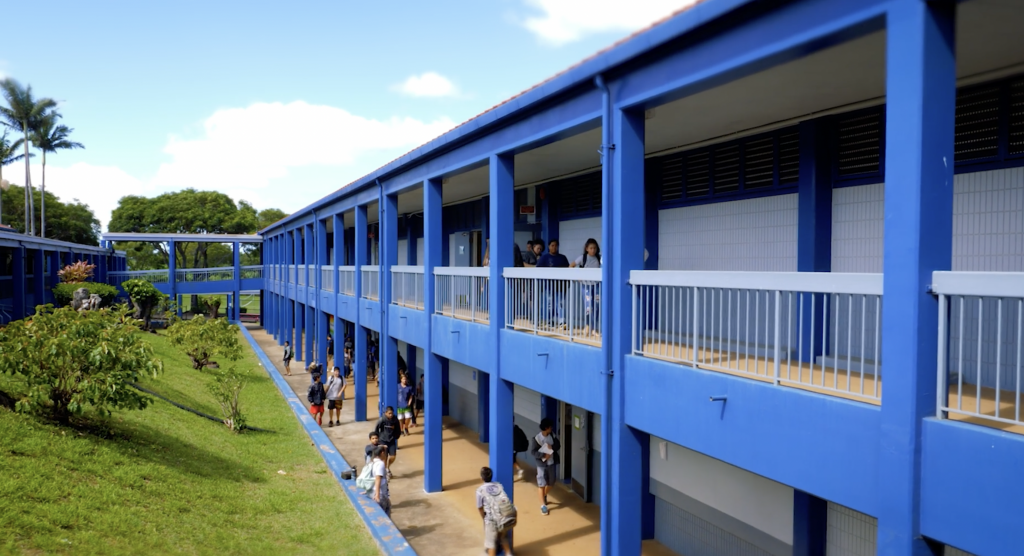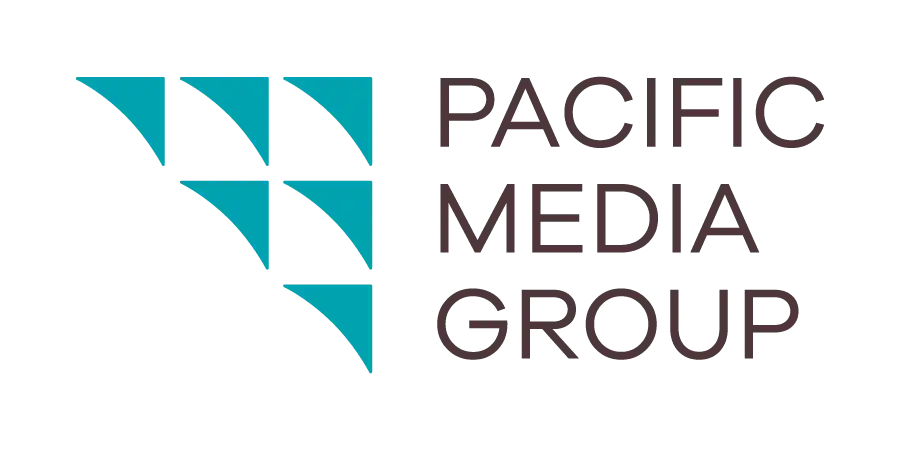Two Maui schools are finalists in Samsung Solve for Tomorrow STEM competition

Samsung announced 300 public schools have been named state finalists in the 13th annual Samsung Solve for Tomorrow STEM competition. The list of state finalists includes five public schools in Hawaiʻi–two of them in Maui County. Representing the best of more than one thousand competition entrants, each state finalist was awarded a package of $2,500 in technology and school supplies.
The Hawaiʻi finalists are:
- Waiākea High School in Hilo, Hawaiʻi
- Kalani High School (2 applicants) in Honolulu, Oʻahu
- Kanu o ka ‘Āina NCPS in Kamuela, Hawaiʻi
- Kilohana Elementary School in Kaunakakai, Molokaʻi
- Samuel Enoka Kalama Intermediate School in Makawao, Maui
These state finalists advance to additional stages of the national competition that will culminate in three schools being selected in May as national winners, and receive $100,000 prize packages.
Solve for Tomorrow challenges US public middle and high school students to explore the role STEM can play in solving some of the biggest issues in their local communities. The competition engages students in active, hands-on learning that can be applied to real-world problems – making STEM more tangible and showcasing its value beyond the classroom.
Students participating in this year’s competition have entered their game-changing ideas to tackle geopolitical matters (Ukraine), climate change, school safety, personal safety, mental health, school bus commuting and more.
Samsung Solve for Tomorrow launched in 2010 to encourage innovative thinking, creative problem-solving, and teamwork to address the most pressing issues impacting society.
Today, the competition fosters critical thinking and creative problem solving, anchored in problem-based learning.
To date, Samsung has awarded $24 million in technology and classroom materials to nearly 3,000 public schools in the United States. Solve for Tomorrow has been so impactful that it has expanded into a prominent Global citizenship program for Samsung Electronics now running in 33 countries worldwide and reaching over 2.1 million students around the world.









